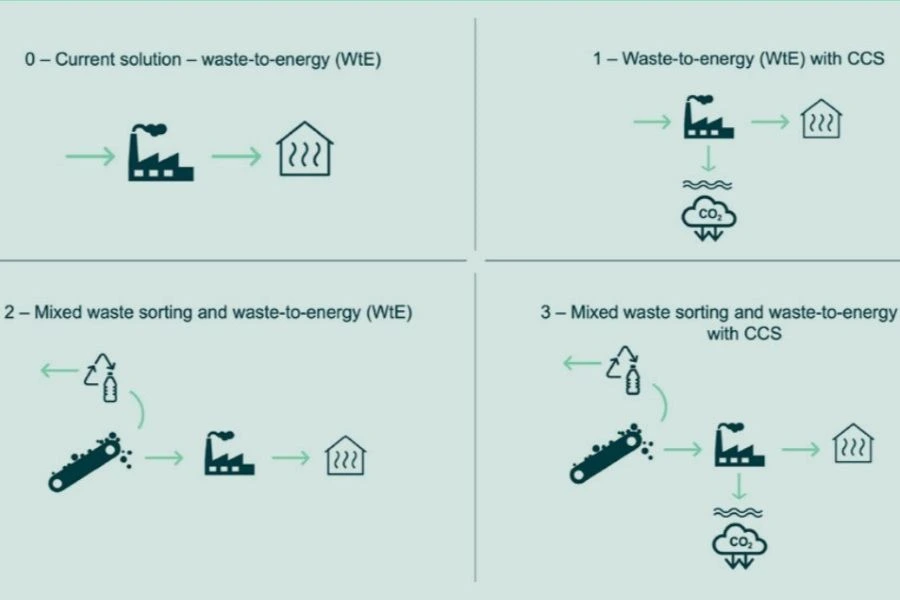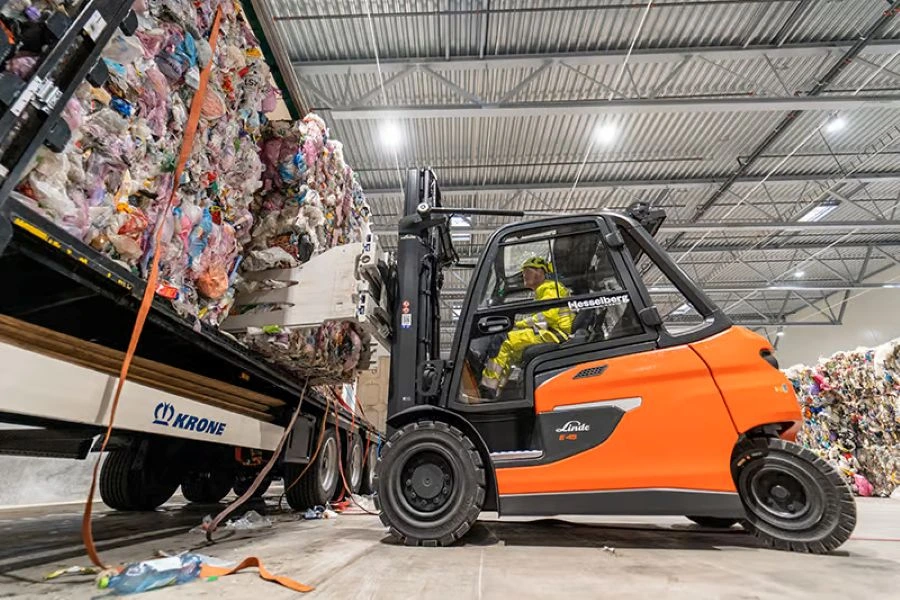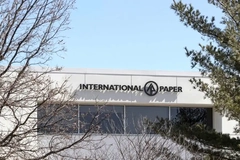Norway enhances circularity with new mixed plastic sorting hub
Key takeaways
- Tomra and Plastretur have opened Norway’s first national plastic sorting facility, Områ, near Oslo, to enhance recycling and reduce plastic waste exports.
- The facility can sort mixed plastic into ten monofractions, achieving high purity for recyclers and enabling previously unrecycled plastics to become new raw materials.
- A Mepex report finds that combining mixed waste sorting (MWS) with carbon capture and storage (CCS) can offer the largest climate benefit and lowest cost, key for meeting EU recycling and emission targets.
The Områ plastic sorting facility has officially opened near Oslo with the aim of improving circularity in Norway. It is owned by sorting systems provider Tomra and Plastretur, a non-profit producer responsibility organization collecting and recycling plastic packaging across the country.
“The Områ plastic sorting facility is an important enabler for Norway to fulfill its ambition to take care of its own plastic waste,” says Tove Andersen, CEO at Tomra.
“It will be an important part of the new national infrastructure for the collection and recycling of plastic, and we hope it will provide motivation for further investments within the recycling industry nationally.”
Tomra highlights that the facility can sort mixed plastic waste into ten plastic monofractions, adding that it achieves the purity levels required by recyclers and feedstock buyers. It is designed to capture all types of plastic from the waste stream, including plastic that would otherwise not be recycled. “It gives it a new life as a raw material for new plastic products.”
Tomra also points to a new report by consultancy firm Mepex, which found that combining mixed waste sorting (MWS) and waste-to-energy (WtE) with carbon capture and storage (CCS) delivers the greatest climate benefit and lowest net cost.
The report uses the city of Oslo as a research case and looks at the operations of Områ, Norway's new national plastic sorting facility.
“This analysis, using Oslo as an example, shows that we can extract a large amount of plastic for material recycling and simultaneously significantly reduce emissions by implementing mixed sorting,” adds Andersen.
Centralized mixed waste sorting
 The four waste management strategies compared in the report (Image credit: Mepex).The Mepex report “Plastics in Mixed Household Waste: Potential Reduction of Carbon Emissions through Material Recycling and Incineration with CCS” finds that mixed sorting is necessary for Norway to meet national and EU plastic recycling requirements.
The four waste management strategies compared in the report (Image credit: Mepex).The Mepex report “Plastics in Mixed Household Waste: Potential Reduction of Carbon Emissions through Material Recycling and Incineration with CCS” finds that mixed sorting is necessary for Norway to meet national and EU plastic recycling requirements.
CCS is described by the UN’s International Maritime Organization as technology that captures CO2 with the aim of storing it underground for permanent isolation, adding that “it could be one of the key tools to help tackle global warming.”
The report considers four scenarios, including: the current WtE (also known as incineration) system without CCS, as well as WtE with CCS, MWS without CCS (including sorting before incineration), and lastly, all three (MSW, WtE, and CCS) at the same time.
The investigation into material recycling of household plastic packaging waste shows that: “mixed sorting will yield about 7,000 tons of recycled plastic raw material or 10 kg per Oslo resident from residual waste each year.”
Sorting and carbon capture
Meanwhile, from its current source separation scheme, Oslo is said to obtain about 2.6 kg of recycled plastic per person. “As home to 12% of Norway’s population, increased recycling rates for Oslo will be an important contribution to achieving national targets,” says Tomra
 Norway’s first national sorting plant aims to enable mixed plastic recycling and carbon reduction (Image credit: Tomra).Andersen adds: “We now clearly see that it is the combination of technologies that provides the greatest benefit — for the climate, resource utilization, and the economy. Norway cannot choose either carbon capture or sorting; we need both to succeed with the green transition,” Andersen adds.
Norway’s first national sorting plant aims to enable mixed plastic recycling and carbon reduction (Image credit: Tomra).Andersen adds: “We now clearly see that it is the combination of technologies that provides the greatest benefit — for the climate, resource utilization, and the economy. Norway cannot choose either carbon capture or sorting; we need both to succeed with the green transition,” Andersen adds.
“These are proven solutions and technologies that make it possible to meet EU recycling requirements and municipal sorting requirements for plastic, as well as make significant contributions to our national climate goals.”
The combination of sorting and carbon capture was also found to provide an additional 11,800 tons of annual CO2 reduction compared to carbon capture alone. The combination of mixed sorting and carbon capture results gives a cost per ton of CO2 removed that is less than half that of carbon capture alone, according to Tomra.












